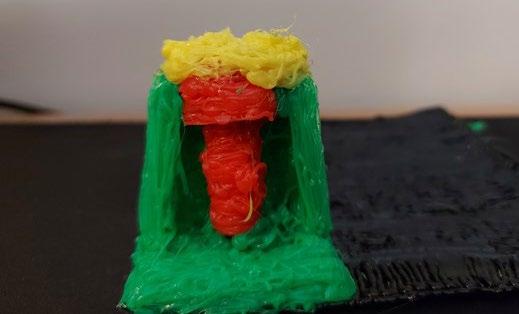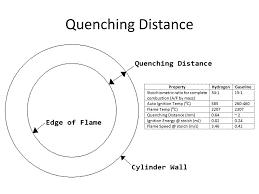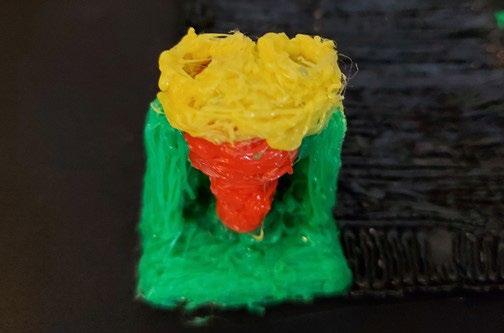
3 minute read
Jason Giatrakis Demetriades
Global Context - Scientific and Technical Innovation
Goal - To find a renewable source of energy that I have decided was hydrogen internal combustion engines and to develop the design to create a safer and more efficient engine and to add further improvements that can be done to make the car overall be better.
Introduction
For my final product I decided to make a small model of the hydrogen engine which I will use to show what exactly I have changed and to point out which part I am talking about. Hydrogen has only been involved in some car brands in renewable energy and is still a relatively new idea that has not been developed as much as electric cars for example, all of the cars that use hydrogen essentially mix with oxygen to power an electric motor and the hydrogen is not combusting, since I am a car enthusiast I really enjoy the sound that cars make and since gasoline is going to run out eventually hydrogen combusting is the only option that we know of so far.
Background
From a younger age I was interested in cars and motorcycles and it was a hobby that I could bond with my dad since he also had an interest in it and so I like to think that I have a good understanding of how the engines work and what makes the car move.
When I was presented with the personal project I knew that I wanted to do this topic and so I started looking into hydrogen as a combustible fuel source.
Looking into this topic I started early in September looking into the pros and cons of the fuel source so I can get a better idea on what problems there are in hydrogen engines which then I would try to find a way to fix that problem further on. I have decided on a few things that I would focus on that that could be improved on and I will elaborate on them later, the first problem is that the chamber walls in the engine will need to be stronger, secondly the pistons and the connecting rods would also need to be stronger and finally the fuel injection valves would have to be more air tight so ensure there is no back fire when the hydrogen combusts. Most of the work that I have done started at around November where I started doing some research and working on my essay and I started doing work consistently around January which was a bit late.

Problem Solving
The first problem that I mentioned is that the chamber walls would have to be stronger that the original gasoline chamber since the quenching distance in comparison to the gasoline combustion is much closer as shown in this picture: Process

In the model that I have made I have separated into 3 main parts, yellow is the valves and the engine block, red is the whole piston and green is the chamber walls. This model is very basic and was made to simply show the audience the different parts of the combustion chamber as simple as I can.

And the final element that would need to improve is how tight the valves on the fuel injector would need to be since the quenching distances in closer to the walls of the chamber the hydrogen could leak through the valves and possibly cause back fire and so the valve timings would have to be more precise and the valve should close tighter.











